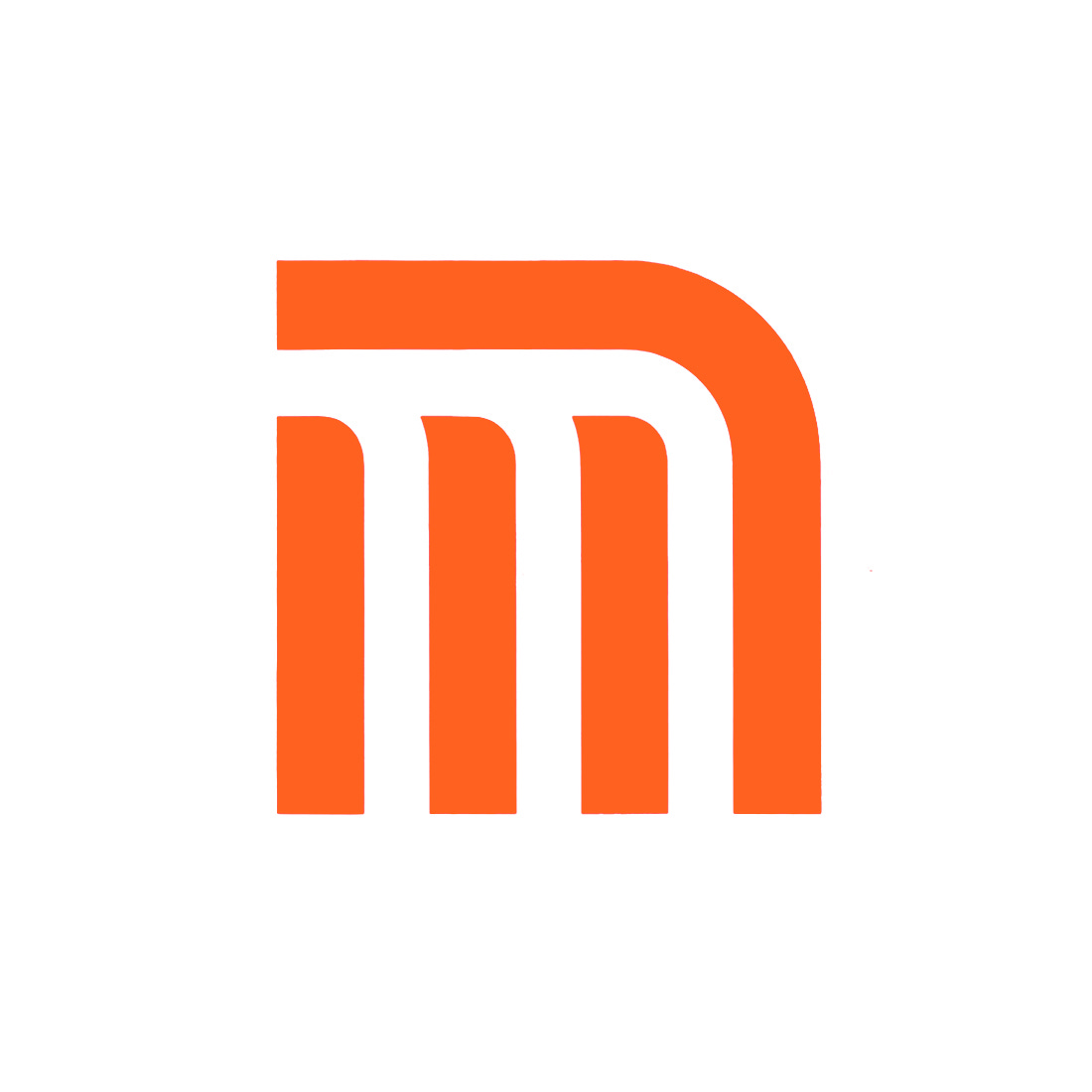Mexico City Metro Logo, 1969
Pedro Ramírez Vázquez, Lance Wyman, Arturo Quiñones and Francisco Gallardo's logo and visual identity for Mexico City Metro.
This post is supported by LogoArchive – The home of historical logos. Discover over 5000 of history’s greatest designs from the world’s finest designers. Always find the logo inspiration you need for your next project here.
With congested roads and highways the Mexico City of the mid-twentieth century was experiencing an increasing public transport issue. Drawing on the technical assistance of France, and employing a tyre and rail approach by 1969 a distinctive orange metro train made its inaugural trip from Zaragoza, kicking off daily the operations of the Mexico City Metro. Despite the speed at which this was implemented, and the technical feats achieved, it would be the signage system that would generate the most amount of both praise and division.
The visual identity and signage system of this new metro was the result of a collaborative effort, a cross-disciplinary team of architects, photographers and graphic designers. These included Arturo Quiñones and Francisco Gallardo led by Lance Wyman, who worked with ISTME (Mexican Society of Engineers, Ingenieros en Sistemas de Transporte Metropolitano) under the coordination of architect Pedro Ramírez Vázquez. Wyman and Vázquez had previously worked together on the identity for the Mexico 1968 Summer Olympic Games four years earlier which had made a significant impression on the city.
The project was shaped by the educational conditions of the country. As of 1960, 38% of Mexicans over the age of five were illiterate and only 5.6% of Mexicans had completed primary school. At the time of opening in 1969, Mexico's illiteracy rate was still high, with one-third of the population unable to read or write. With this in mind, the design team set about developing a solution that prioritised the development of a graphic system, combining colour and familiar visual motifs in the form of pictograms.
It is important to note the effect that the Olympics and its design had had on the people of Mexico City, and the possibility of them being open to a radical approach to metro wayfinding.



